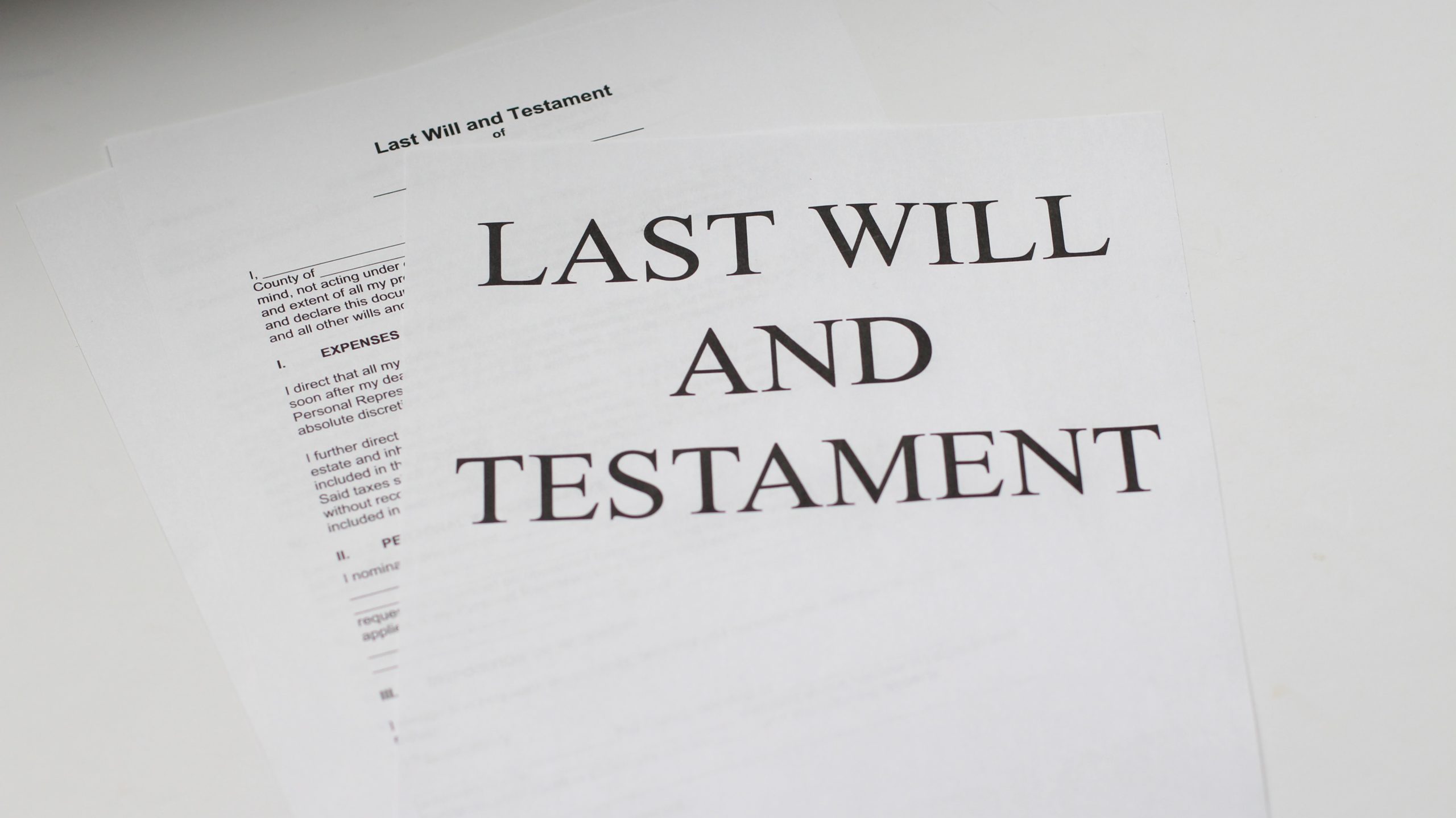October 25, 2020 | Farm Legacy Planning

In the past, attorneys commonly used a life estate strategy for purposes of obtaining Medicaid eligibility. Although better approaches existed, the life estate method continued to be the most common. Many people (including attorneys) fail to understand how a life estate is treated when it comes to the Medicaid recipient’s estate. So what exactly is a life estate? How does Medicaid Estate Recovery work in Ohio? What can be done to avoid this problem?
What is a Life Estate?
A life estate is a type of property ownership, generally between two parties. A deed for a farm might read, “To Dad for life, remainder to Son.” In this example, Dad is the life tenant and Son holds what is referred to as the remainder interest. As the life tenant, Dad is entitled to the use and enjoyment of the property during his lifetime. Dad is also entitled to all the income the property may produce, which for certain types of property (i.e. farms, rental properties, etc.), may be significant. Dad is also responsible for the property taxes during his lifetime.
Son’s remainder interest is a present interest in the farm. It can be deeded, encumbered or even sold to a third party. This type of transfer or encumbrance cannot bother Dad’s present use of the property.
So how does a life estate affect Dad’s Medicaid eligibility? Well, so long as the life estate is listed for sale, Dad will be able to receive Medicaid benefits assuming he is otherwise financially eligible. However, the BIG issues arise when it comes to estate recovery after Dad’s passing.
History of the Medicaid Estate Recovery Program
In 1993, Congress passed the Omnibus Budget Reconciliation Act, which created the Medicaid Estate Recovery Program. As part of the program, states such as Ohio were required to demand repayment for Medicaid benefits previously provided.
Congress also gave states the option of collecting from only probate assets or using an expanded probate definition to collect typically non-probate assets. These non-probate assets include life estates. A life estate interest owned by a person at the time of death is recoverable pursuant to 42 U.S.C. Section 1396p(b)(4)(B), if the state adopts the expanded definition of an “estate”.
Prior to 2005, Ohio only collected against the probate assets of an estate like Dad’s. On June 30, 2005, Ohio Medicaid Estate Recovery and lien laws changed dramatically when House Bill 66 became effective. As part of the bill, Ohio adopted the expanded version of an “estate.” Thus, the life estate which terminated at Dad’s passing could not be recovered against. Medicaid recovery has changed. Today, Ohio now collects against both the probate and non-probate assets of the decedent’s estate. codes.gov/oac (2013) O.A.C. 5101:1-38-10.
When it comes to estate recovery, many Ohio families have been receiving very unpleasant news in the past few years. In our example above, if Dad dies, the personal representative for his estate must file a form with the County Auditor disclosing whether or not Dad (or Mom) received Medicaid benefits during his or her lifetime. See Ohio Revised Code § 2117.061, at codes.ohio.gov/orc (2013). The Ohio Attorney General’s Office then begins a vigorous attempt to collect against Dad’s estate.
Defending against Medicaid Recovery is a complex process. Simply determining the recoverable value of the asset can be difficult. Ohio uses the applicable federal interest rate for the month in which the Medicaid recipient passed away. The calculation includes determining not only the applicable federal interest rate, but then the corresponding life estate percentage in the Code of Federal Regulations. Confused yet?
Calculating a Life Estate Value for Medicaid Recovery
Consider the following example. Dad, the Medicaid recipient, was 72 years old when he died in June of 2013, and the property value on his date of death was $200,000. The applicable §7520 federal interest rate is 1.2% (irs.gov). To determine the corresponding life estate percentage, we look to Table S, 26 CFR 20.2031-7T. Based on the 1.2% rate, the remainder value of Dad’s life estate property is 0.85996 of the value of the whole ($200,000). Thus, the value to Son is $171,992 and the Medicaid Recovery Value for Dad’s interest at death is $28,008. The government will now place a lien against the property Son inherited. How could this family have avoided this lien and saved the Son $28,008?
Conclusion
If you’re an Ohioan and own property, and particularly if you’re a farmer, it is in the best interest of you and your family to consider your current ownership method and your plan for long-term care costs in the future. Protecting your valuable real property can be accomplished, but a life estate is simply an antiquated way and based on Medicaid Estate Recovery, is no longer the best option for most.
If you want to learn more about protecting your property or your farm from long-term care costs, contact an attorney at AlerStallings or give us a call at 614-612-1115. for a free consultation.








